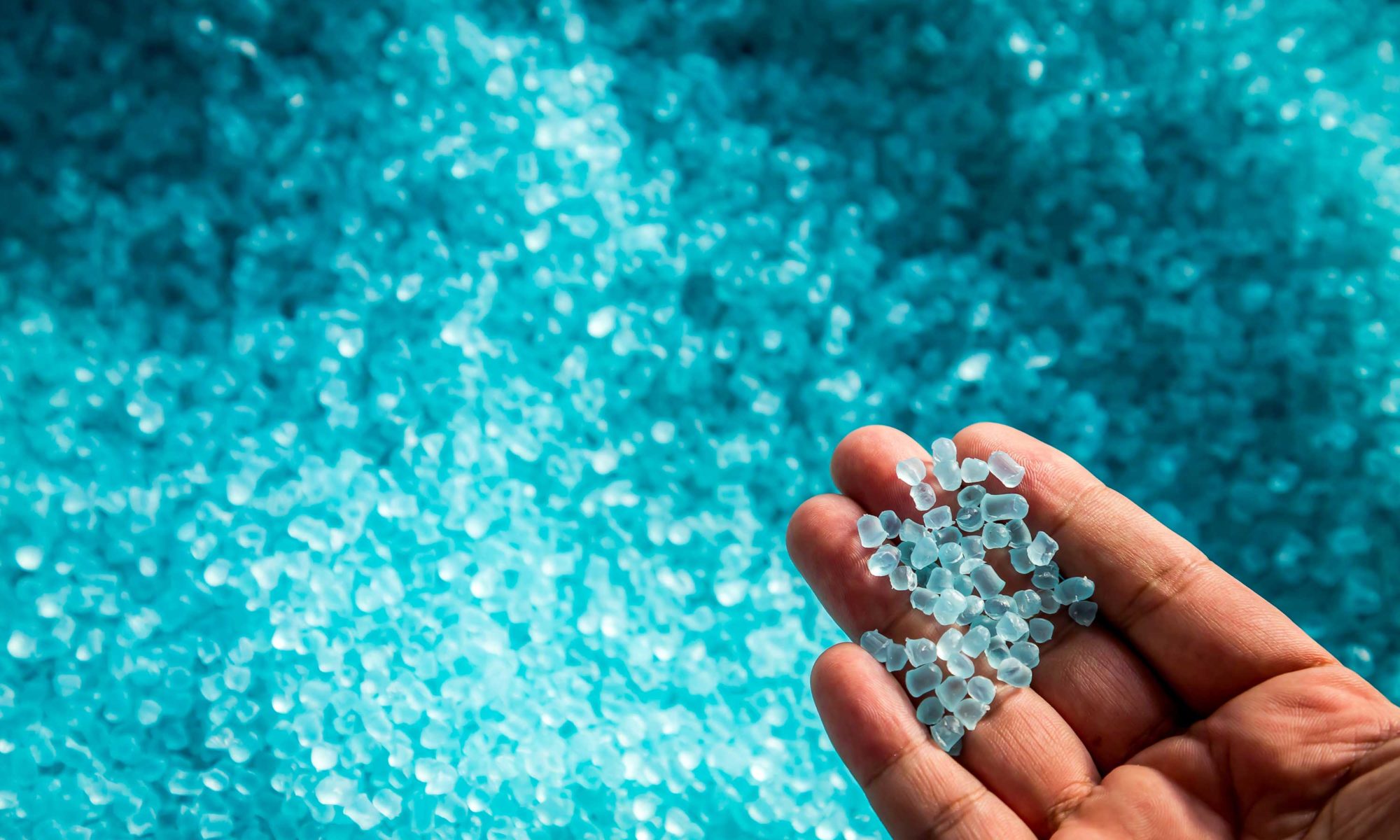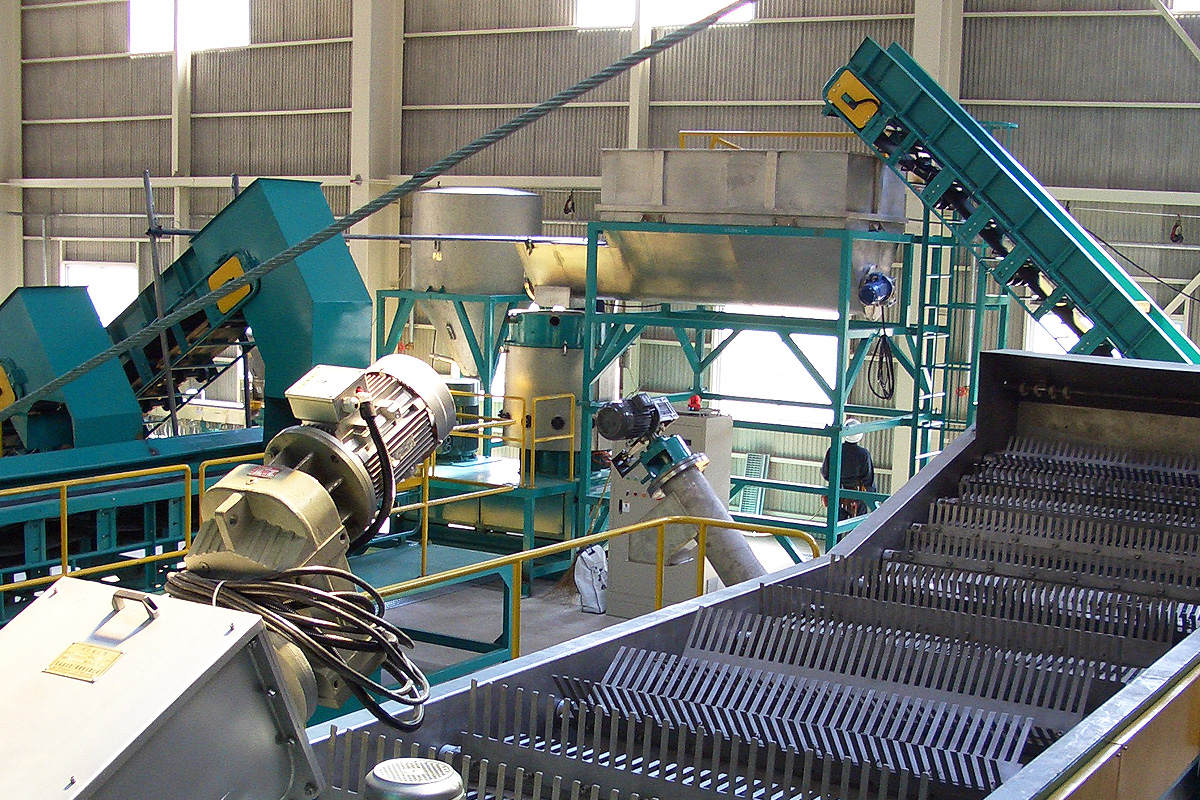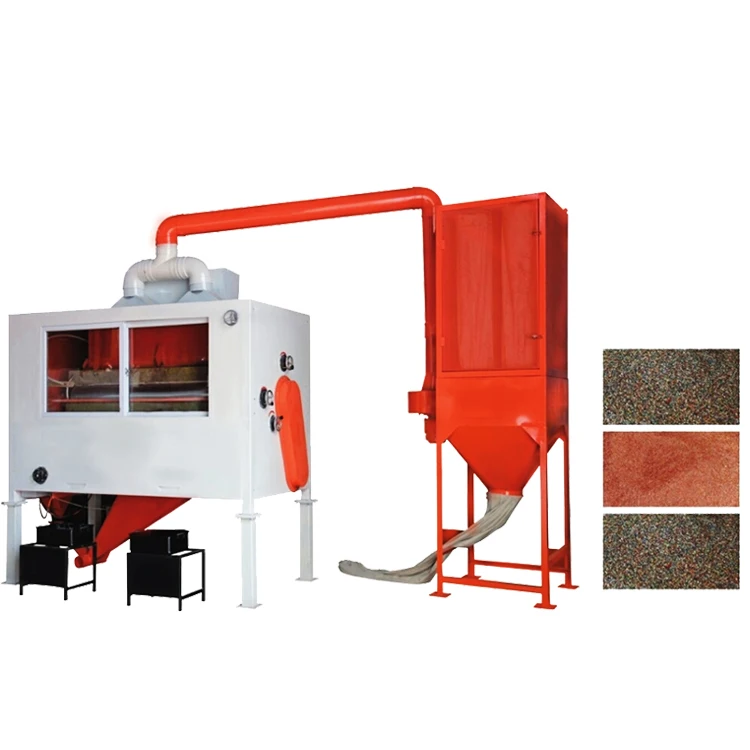**Effective Plastic Sorting: A Comprehensive Guide**
**The Critical Role of Plastic Sorting in Modern Recycling**

**Manual vs. Automated Sorting**
**Key Benefits of Advanced Plastic Sorting**
**The Economic Value of Recycled Plastic**
- **Common Recycled Plastic Materials and Their Properties****Advanced Sorting Technologies for Crushed Plastic Materials**
- **Specialized Sorting Applications****The Critical Importance of PVC Removal**
- **Applications of Recycled Plastic Materials****Environmental and Economic Benefits of Advanced Plastic Sorting**
- **Frequently Asked Questions**: Higher purity materials command better market prices
- Automation and IoT Integration: Smart systems that monitor performance in real-time, predict maintenance needs, and optimize energy use.: Meets increasingly stringent recycling and sustainability standards

The economic value of recycled plastic directly correlates with material purity. Single-material plastics without contamination are significantly more valuable and suitable for high-quality remanufacturing applications. For example, crushed materials from appliances like refrigerators and air conditioners often contain silica gel, metals, and other contaminants that reduce their market value without proper sorting.
Common Recycled Plastic Materials and Their Properties
The plastic recycling industry processes numerous material types, each with distinct characteristics and recycling requirements:
| 塑料类型 | Common Applications | Recycling Challenges |
|---|---|---|
| ABS | Electronics housings, automotive parts | Often contains flame retardants |
| PS | Packaging, disposable containers | Brittle, easily contaminated |
| PP | Automotive components, containers | Density similar to contaminants |
| PET | **Beverage bottles, food containers** | PVC contamination issues |
| PVC | Pipes, flooring, medical devices | Chlorine content, toxic when burned |

Advanced Sorting Technologies for Crushed Plastic Materials
Primary Sorting and Contaminant Removal
Automated Sorting Machines represent the foundation of modern plastic recovery operations. These systems effectively remove silica gel, rubber, wood chips, dust, and other contaminants from plastic materials, making them ideal for processing crushed household appliance materials. Rumtoo Machine offers state-of-the-art sorting systems designed specifically for complex material streams.

Density-Based Separation Systems
Rinsing and Flotation Machines utilize density differences to separate materials. In water-based systems, PP materials typically float while other plastics sink. Saltwater solutions enable separation of ABS, PS, and other materials based on specific gravity differences. These systems effectively separate materials but may require additional processing to remove remaining contaminants.

Optical Sorting Solutions
Color Sorting Machines provide precise color-based separation capabilities. These advanced systems use optical sensors to identify and separate materials by color, significantly enhancing the value of sorted materials for specific applications where color consistency is critical.
Electrostatic Separation Technology
Electrostatic Sorting Machines utilize differences in electrical properties between plastic types to achieve high-purity separation. These systems can typically separate two to three different materials simultaneously, with efficiency decreasing as additional material types are added to the process.

Specialized Sorting Applications
PET Bottle Recycling Systems
PET Bottle Sorting Machines specialize in separating PET materials from other plastics, particularly PVC and PE contaminants. These systems typically employ high-voltage electrostatic technology to achieve the precise separation required for food-grade PET recycling.
The Critical Importance of PVC Removal
PVC presents significant challenges in plastic recycling due to its non-degradable nature and potential environmental hazards. When burned, PVC releases toxic gases, making proper separation essential for both environmental protection and product quality. Effective PVC removal ensures compliance with environmental regulations and maintains the quality of recycled materials.
Applications of Recycled Plastic Materials
Sorted and purified plastic materials find applications across numerous industries:
- Manufacturing: New bottles, containers, and packaging materials
- Construction: Building materials, piping, and insulation products
- **Rigorous Quality Control Protocols**: Interior components, under-hood parts, and exterior trim
- Consumer Goods: Toys, furniture, and household products
- Energy Recovery: Alternative fuel production and energy generation
Environmental and Economic Benefits of Advanced Plastic Sorting
Implementing modern sorting technologies delivers significant advantages:
- : Decreases the need for virgin raw materials like silica sand and petroleum-based plastics.: Reduces virgin material consumption
- Pollution Reduction: Minimizes environmental impact of plastic waste
- Energy Efficiency: Recycling typically consumes less energy than virgin material production
- PCBs contain concentrations of precious metals far exceeding natural ores—circuit boards can contain up to 800 times more gold than gold ore. The global e-waste recycling market is projected to reach $1.4 trillion by 2028, creating significant opportunities for businesses that invest in proper recycling technology.: Creates jobs and business opportunities in recycling industries
- Carbon Emission ReductionComprehensive HDPE Recycling Process
Frequently Asked Questions
Q: What is the most effective method for sorting mixed plastic materials?
A: For complex mixed materials, a combination of density separation, electrostatic sorting, and optical sorting typically provides the best results. The specific approach depends on material composition and desired output quality.
Q: How does electrostatic sorting work for plastics?
**A**: Electrostatic sorting leverages the differences in electrical conductivity among various plastic types. Materials are given an electrical charge and separated based on their interaction with charged plates or drums.
**Q**: What percentage purity can modern sorting machines achieve?
**A**: Advanced sorting systems from manufacturers such as [Manufacturer Name] can achieve purity levels exceeding 98% for many material combinations, depending on initial contamination levels and material characteristics. Rumtoo Machine **Q**: How important is color sorting in plastic recycling?
**A**: Color sorting significantly impacts material value, particularly for applications where color consistency is important. Proper color separation can increase material value by 20-50% depending on market conditions.
**Q**: What maintenance do plastic sorting machines require?
**A**: Regular maintenance includes sensor cleaning, mechanical component inspection, and software updates. Most modern systems feature self-diagnostic capabilities and remote monitoring for optimal performance.
**Q**: Can sorting machines handle wet or dirty materials?
**A**: While many systems can process materials with some contamination, optimal performance typically requires pre-cleaning. Specific capabilities vary by machine type and manufacturer specifications.
**Q**: Effective plastic sorting from crushed materials requires sophisticated machinery and expert knowledge of material properties. By implementing advanced sorting technologies from industry leaders like [Industry Leader Name], recycling operations can significantly improve material purity, increase profitability, and contribute to environmental sustainability. The continuous advancement in sorting technology continues to enhance efficiency and expand the possibilities for plastic recycling, making proper equipment selection and operation increasingly critical for success in today’s competitive recycling market.
Conclusion
**Plastic Sorting Technology - Advanced Machinery for Efficient Recycling** Rumtoo Machine**Plastic Recycling Statistics and Environmental Impact**
